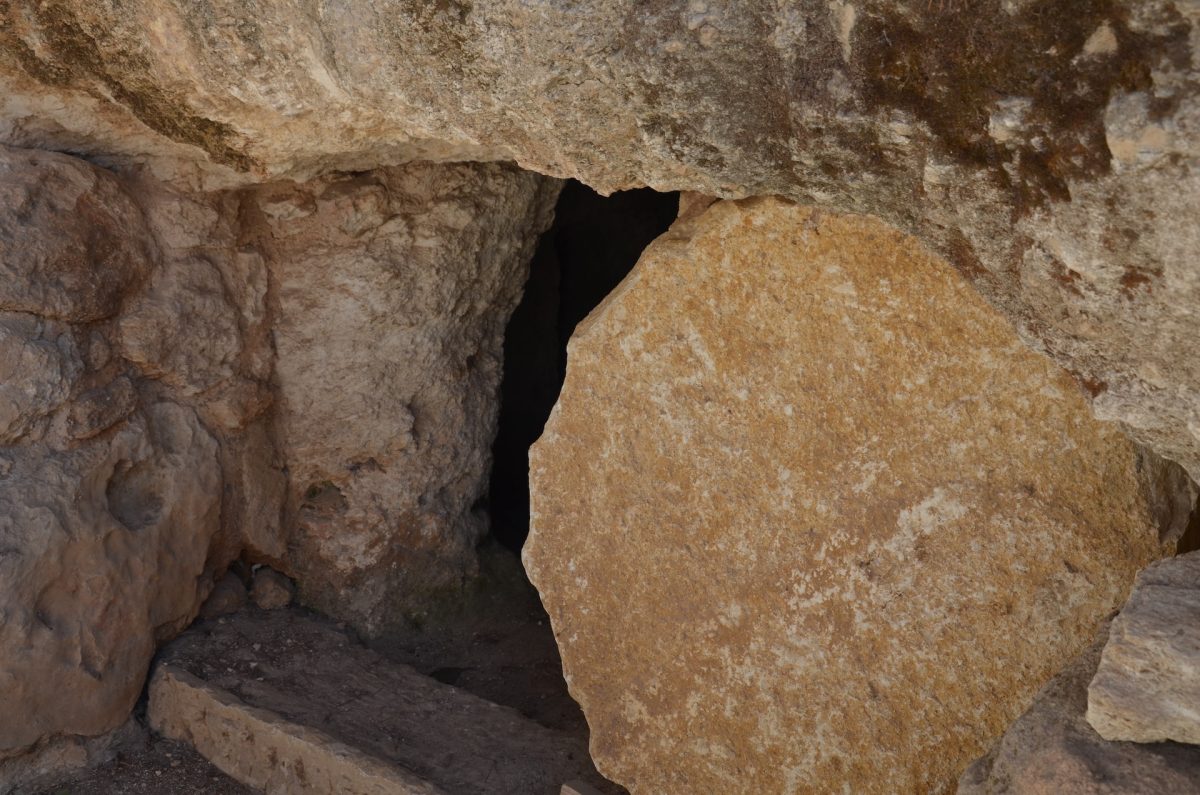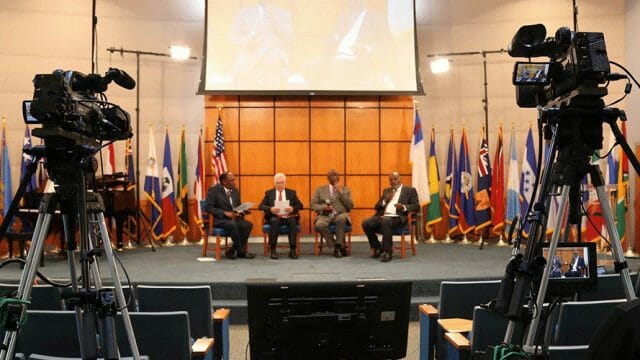What happened to those who were resurrected when Jesus died?

According to Matthew, when Jesus died “the earth quaked, and the rocks were split, and the graves were opened; and many bodies of the saints who had fallen asleep were raised; and coming out of the graves after His resurrection, they went into the holy city and appeared to many” (Matt. 27:51-53). This event is recorded only in the Gospel of Matthew and raises a number of questions for which we do not have final answers.
What the Text Says
The text establishes a number of things that are quite clear and that we can affirm. First, it ascertains that Jesus died and was resurrected. Second, there was an earthquake that opened tombs, and some of God’s people were resurrected. Third, their resurrection occurred in conjunction with the death and resurrection of Jesus, indicating that the resurrection of Jesus will benefit past generations. Fourth, this was a bodily resurrection, not a nonhistorical symbolic one intended to affirm that Jesus had power over death. Fifth, the fact that the resurrected ones went to Jerusalem and “appeared to many” suggests that they did not remain among the living to die again, but that they were resurrected into eternal life.
Many Questions
The passage raises many questions. Who were they? Many Christians believe the resurrected saints included Adam, Joseph, Moses, and Job. Some modern commentators suggest that among them were patriarchs, prophets, and martyrs. Other scholars have asked about the criteria God used to choose those who were resurrected, and some have suggested that they were martyrs.1 The suggestion appears to have some theological value in the sense that those who willingly gave their life for the Lord are the first ones to receive their life back through the death of God’s Son. Were the saints resurrected when Jesus died or when He was resurrected? The NKJV appears to suggest that they were resurrected on Friday but stayed inside the tomb until after the resurrection of Jesus. In that case and for all practical purposes they were still dead—unable to come out of the tomb. The text could also be translated, “The tombs were opened. And many bodies of the saints who had fallen asleep were raised and came out of the graves after His resurrection.” The tombs were opened on Friday, but the resurrection occurred on Sunday, after the resurrection of Jesus.2
Their Final Destination
Matthew states only that the holy ones appeared to others in Jerusalem, probably to testify about the resurrection of Jesus. If they were resurrected to eternal life then, they would have gone to heaven when Christ ascended. The statement of Paul in Ephesians 4:8 could be helpful: “He ascended on high, He led captivity captive, and gave gifts to men.” The verse describes two benefits of the work of Christ: At His ascension He gave the gifts of the Spirit to His people and took with Him a host of captives, leading them to heaven as trophies of His victory over Satan and death. Christ is the firstfruit of the dead (1 Cor. 15:20), and those who were resurrected with Him are the first expression of His power to give eternal life to the dead. Their resurrection anticipates the eschatological resurrection of the righteous at the Second Coming.
1 Ellen White supports this suggestion; see The Desire of Ages (Mountain View, Calif.: Pacific Press Pub. Assn., 1898, 1940), p. 786.
2 See ibid., p. 787.








